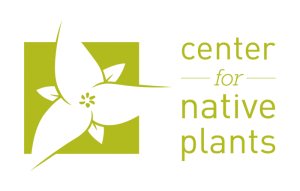Get Gardening
Ready to get gardening? Center for Native Plants offers you a list of curated resources on a number of topics to bring you up to speed.
Plant Selection
Our plant selection guides help you choose the right species for your growing conditions and for attracting birds and pollinators.
We even have a list for edible and medicinal species.
Our Best Species for Pollinators
Increase pollinator habitat with native plant species that attract hummingbirds, butterflies, bats, beetles, moths, flies, and non-biting pollen wasps.

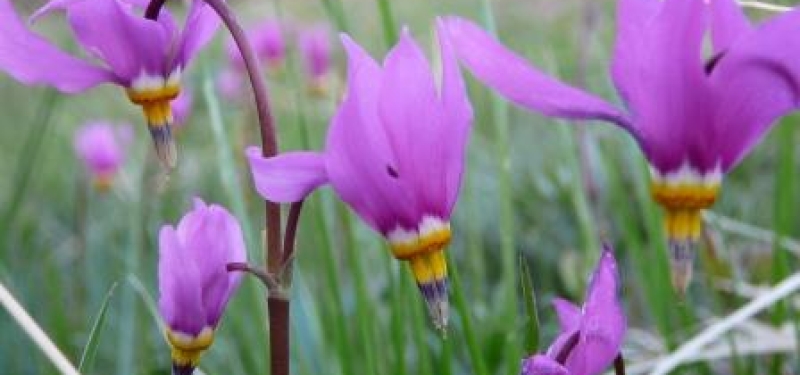
Our Shade Loving Species
Bring the darker corners of your garden to life with species that will thrive there in either wet or dry conditions.
Our Most Bird Friendly Species
Your diverse selection and plantings of native species will attract a variety of birds while also satisfying their need for food, water (put out a water source!) and shelter.
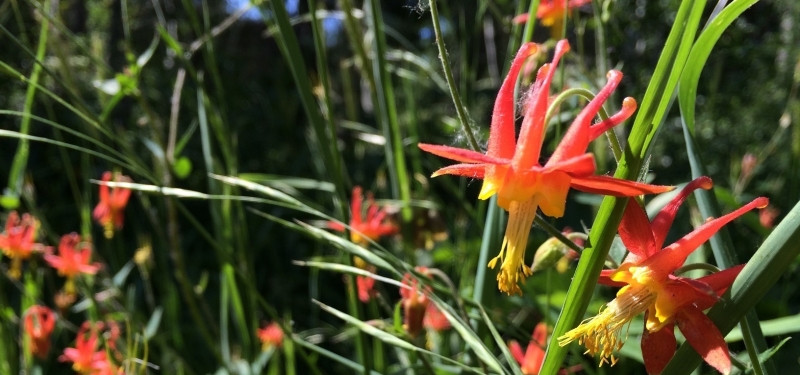

Our Most Waterwise Species
Our drought tolerant species have naturally adapted to dry conditions, having special mechanisms that help them survive periods without moisture.
Our Most Edible & Medicinal Species
Many edible and medicinal species thrive in our Intermountain West habitat. Working with these species requires prior research and an existing knowledge of how each of them react with our bodies, for some posses potentially toxic constituents.
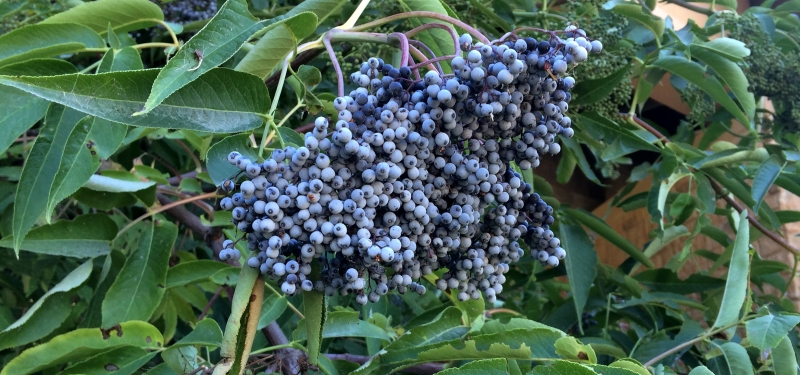
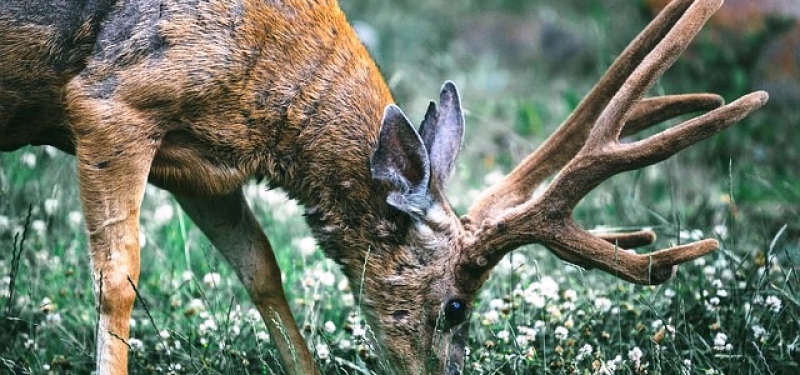
Species that Minimize Deer Browsing
While the only deer proof plant is one enclosed by a high fence, there are strategies you can use to minimize browsing. (See second button below.)
Species for Your Rain Garden
What is a rain garden? It is a strategically designed landscape feature that mitigates stormwater runoff in urban areas. Rain gardens or “bioretention facilities” are important because they filter pollutants from entering our water sources, reduce flooding and erosion, and provide habitat for beneficial insects and birds!
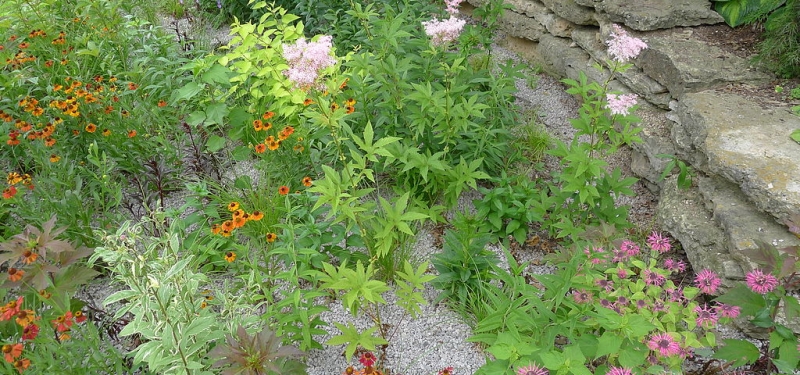
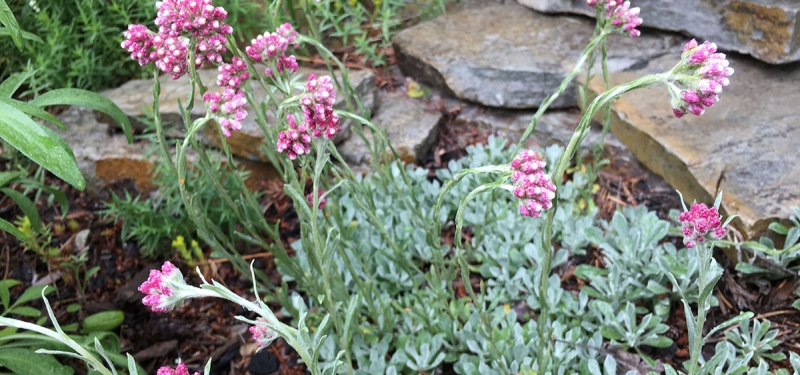
Our Most Firewise Species
As more people move into the urban wildland interface, creating firebreaks and using appropriate species is increasingly important for protecting yourself and your property.
![]()
Have a landscaping project you need help with?
Contact the nursery at 406.862.4226 or complete this online Customer Inquiry Form.


